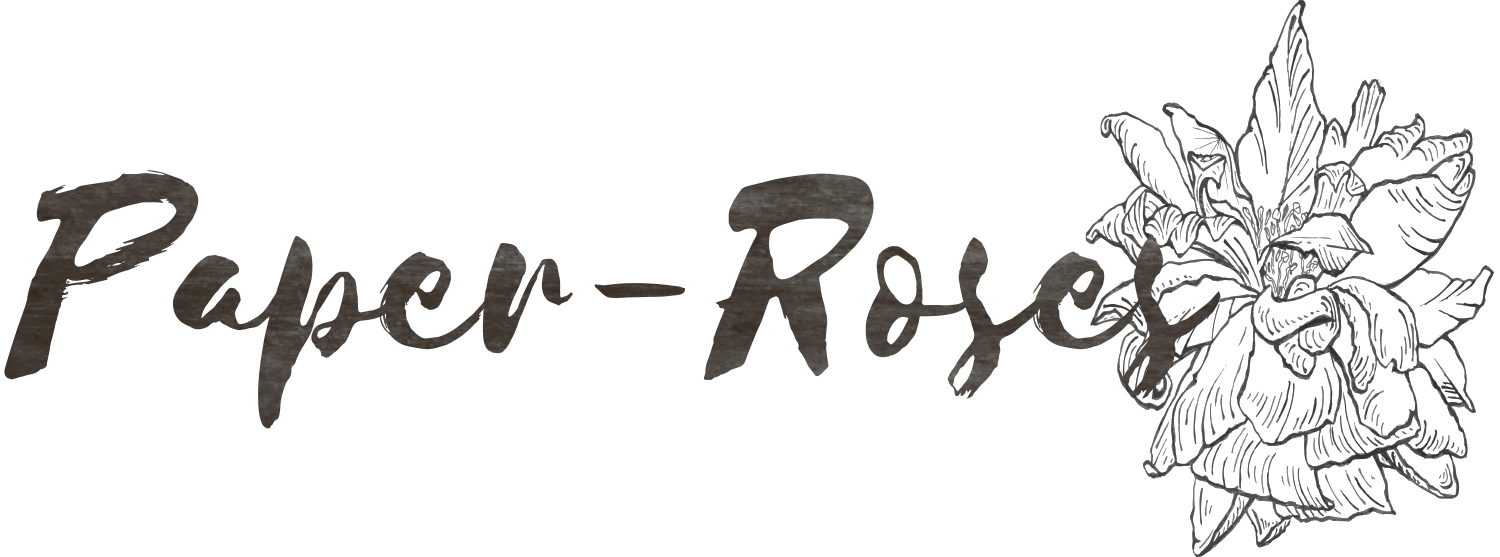Recycled paper | Is it worth it?
I get asked this question a lot…and the short answer is yes, absolutely! But of course, nothing in life is that black and white. So here’s a somewhat longer explanation…along with a couple of caveats.
Preserving natural habitats
Using recycled paper as a raw material helps to preserve forests by reducing the demand for wood. But, I hear you say, isn’t that what responsible forestry practices are for? And aren’t trees a renewable resource?
While it’s true that individual trees do regrow and, don’t get me wrong, replanting schemes are a really good thing, tree farms do not equate to healthy, bio-diverse, viable forests and habitats. Old-growth forests and wetlands have taken generations to become the lovely, natural places full of all sorts of animals, birds, creepy crawlies and plants that they are.
Now for one of those caveats. Paper can only be recycled a finite number of times - roughly five to eight - so virgin fibres have to be brought into the system at some point. But ideally, the amount of virgin fibres should be kept as low as possible and they should be sourced from certified producers.
Using less energy, less water and fewer pollutants
Doesn’t that sound good? Absolutely brilliant in fact! Producing one tonne of recycled paper uses 27% less energy, around 30,000 fewer litres of water and fewer chemicals and chemical processes than producing one tonne of paper from virgin fibres.
And what happens to paper if it isn’t recycled? It ends up in landfill - which is truly one of the worst places for it - or it’s incinerated. Paper that goes into landfill eventually decomposes into methane - a very potent greenhouse gas with 21 times the heat-trapping power of carbon dioxide.
Another of those caveats I mentioned…paper which has been contaminated in some way (perhaps with food) or is mixed or coated with another material (like plastic or foil) cannot always be recycled. Unfortunately a lot of these materials end up in landfill. Incineration might be a better approach here - at least this way there’s the option to capture the energy produced.
And of course, there’s the “sludge” to think about - the leftovers from the recycling process. Sounds lovely, doesn’t it? Luckily, a lot of this sludge will be reincorporated back into the paper making process or reused in other industries (for example, for making ceramics or cement), but the remainder will be incinerated or put in landfill. Fortunately, there’s much less waste than there would be if the paper wasn’t recycled!
It says this paper’s recycled. Hurrah!
But not all recycled paper is created equal…aaaggghhh…
…paper can be labelled as recycled, but offer no proof or certification of its provenance. This lack of credible certification can mean that some “recycled” papers contain only a small percentage of pre-loved fibres.
…waste fibres are sourced from different places. These waste papers are classified as post-consumer waste (paper that’s been used by the likes of you and me and has been returned for recycling rather than being placed in landfill), pre-consumer waste (by-products of the printing process) and recovered fibres (trimmings and scraps that are collected on site at the paper mill).
…some recycling plants use fossil fuels to process the waste paper - others are committed to using only green energy.
Recycled papers that are fully certified, contain a high proportion of post-consumer waste and are produced using green energy are best.
The best use of the fibres from a tree that’s used for paper making is to recycle them as many times as possible - reusing (wherever possible) and then recycling significantly extends the life of the tree!
I’m still learning about this subject and am always eager to know more. If you know of any great resources I can read or want to add your voice to the discussion let me know in the comments.
As a final note…when I started Paper-Roses I made the decision to use only high-quality, uncoated, FSC certified, 100% post-consumer recycled paper in all of my paper products. Added to that, I also made the decision not to use any metallic inks, foiling or embellishments on my products.
Why did I make these decisions? So that you, and your friends and family can recycle the paper when you’ve finished with it…and so continue the cycle. Just remember to remove any tape or glue before putting it in the recycling bin.
PS…if you’re careful with your Paper-Roses wrapping paper (no “rip and throw” unwrapping techniques allowed 😄), it can be reused a number of times before it’s recycled. Iron it on the back to remove some of the wrinkles and folds if you need to.




